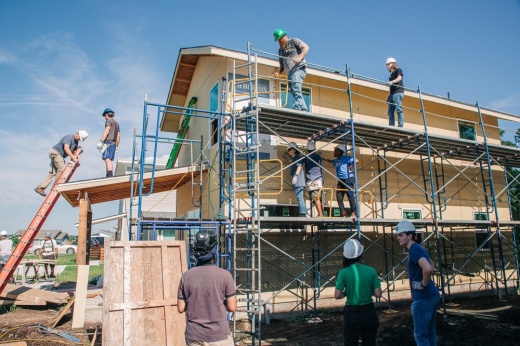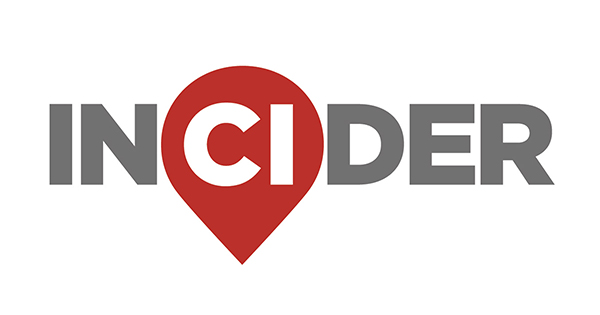Austin Habitat for Humanity is playing a key role in expanding affordable housing as the city works to increase options for low- to moderate-income residents.
“Affordable ownership units are crucial because they provide opportunities for residents to build wealth through homeownership, especially in a market where housing prices are rising," Michele Anderson, CEO for Austin Habitat for Humanity, said in a statement. "These units enable lower-income families to enter the housing market and establish long-term stability, which benefits both individual residents and the broader community."
The details
Previously, the agency built around 25 homes a year. Moving into 2025, that number is set to increase dramatically for the next several years. By the end of the year, Habitat expects to see 91 new homes built and roughly 100 homes per year afterwards, Wayne Gerami, chief operating officer at Austin Habitat, said.
“We’re really ramping up,” Gerami said.
These homes are designed to remain affordable long term by using efficient materials and limiting property taxes to the home's resale-restricted value—not full market value—which can save families thousands of dollars annually.
“There are a lot of folks that are working... [they]are doing what you're supposed to do. They're earning, they're saving, they're chasing the American dream and the market has just outpaced them pretty dramatically,” Gerami said.
Zooming in
“One interesting area we've been able to move into is in master plan communities,” Gerami said. “... which is great because it solves their need in fulfilling [affordability] requirements, but it also allows us to put families that are otherwise priced out of those areas like trying to buy a house in Whisper Valley east of Austin."
Residents are able access amenities that are not typically found in traditional Habitat builds, Gerami said. Whisper Valley for example features a dog park, community gardens, scenic hike and bike trails, 700 acres of green space, multiple playgrounds, fitness center and pool.
According to Gerami, many of these master-planned communities included affordability commitments as part of their development agreements with the city over a decade ago. At the time, developers often agreed to set aside a portion of housing—commonly around 10%—for income-restricted units in exchange for development approvals or entitlements.
However, as those obligations come due, Gerami said many developers are finding they lack the experience or infrastructure to deliver on them. Market-rate builders typically focus on traditional home sales and may not be equipped to serve lower-income households or navigate the processes tied to city-supported affordability programs.
Austin Habitat, which specializes in building and managing affordable homes, has increasingly stepped in to fill that gap. The organization is helping developers meet their requirements while expanding housing options for families who would otherwise be priced out of those growing communities in the Austin area.
Also of note
For many in the Austin-area the the concept of owning a home has been lost, Anderson said when the organization first announced a vision for its “transformational” affordable housing initiative back in October.
Anderson said Austin Habitat is giving more than just a home to local families. The benefits of homeownership go beyond having a place to sleep, she said. When families have a home, their children are more likely to do better. Homeownership has been proven to increase many social determinants of health, including stress levels and educational attainment, Anderson said.
Habitat for humanity also provides free homebuyer and homeowner educational services, including money management, credit score improvement and more.
Find more information at www.austinhabitat.org/programs/housing-counseling.





